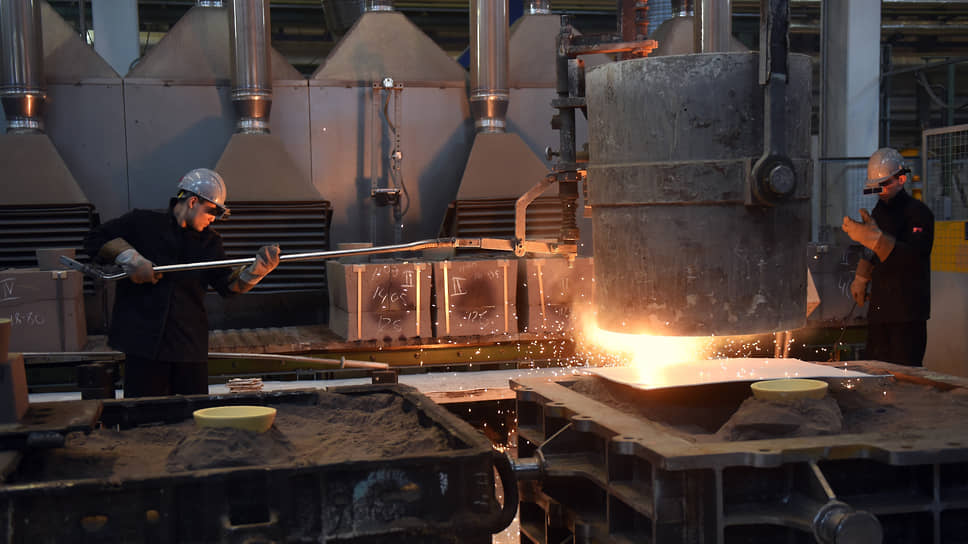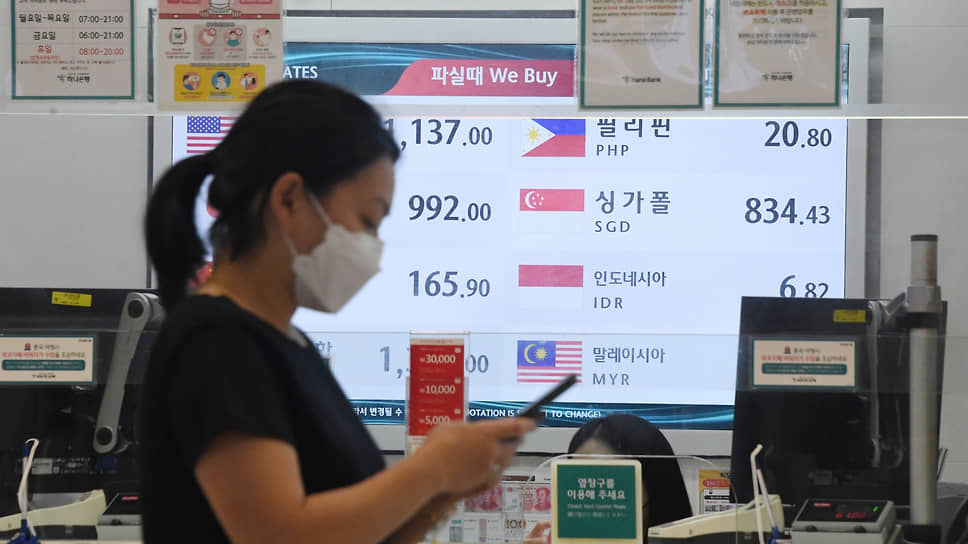Forecasts checked against reality – Kommersant FM
[ad_1]
The ruble will cost 94 rubles by the end of the year. for a dollar. This was stated by the Minister of Economic Development Maxim Reshetnikov. According to him, a new equilibrium in the market in the next three years will be found at the level of 90-92 rubles. for American currency. The Ministry of Finance, meanwhile, proposes returning to the fiscal rule from 2024. The cut-off point after which oil sales revenues will be sent to the National Welfare Fund will be set at $60 per barrel.
What do such plans say? And how realistic is the Ministry of Energy’s scenario for strengthening the ruble? Kommersant FM discussed this with Andrey Kochetkov, leading analyst at Otkritie Investments:
“There is no longer any price ceiling restriction. Our Urals are sold at almost $80, and other types of oil are sold at the price of Brent without a discount in the Far East, that is, ESPO, Siberian Light, Sokol.
The fact is that the Ministry of Economic Development and the Ministry of Finance, as a rule, lay down a very conservative scenario for the price of oil in order to have some reserve just in case. The price of oil is volatile and can change significantly within a year within 20-30%.
As for the forecasts for the ruble, to be honest, it is very difficult to believe in the forecasts of the Ministry of Economic Development; they almost never come true. So far, the conditions that have formed in the market more indicate that the ruble still has a chance to strengthen and, perhaps, the national currency exchange rate will even return to 80 rubles.
First of all, these are new export duties, which practically demotivate our exporters to deliberately weaken the ruble, plus the high Central Bank rate, which diverts certain funds from the foreign exchange market to the bond market. And finally, the fact that the price ceiling has broken means that our oil workers will bring more foreign currency to sell on the Russian market.
There are some positive aspects that could, in principle, beat the forecast of the Ministry of Economic Development for the end of the year in the region of 94 rubles.”
The Ministry of Energy noted that in 2023 the Russian economy should grow by 2.8%, and next year by 2.3%. Meanwhile, the government approved the draft budget for the next three years. Prime Minister Mikhail Mishustin said that in 2024 revenues are expected to reach 35 trillion rubles, and the deficit will not exceed 1% of GDP.
These high revenues are partly due to the additional levies on businesses from duties and increased taxes. It is likely that in 2024 the fiscal burden will increase even more, Sofya Donets, chief economist for Russia and the CIS+ at Renaissance Capital, does not rule out:
“The main surprise is the amount of income. True, it also entails increased expenses for the next year. A significant revision – more than 20% compared to the previous forecast – from a value of less than 30 trillion rubles. expenses amount to a beautiful figure of 36.6 trillion rubles, which, in principle, keeps them in relation to GDP at the level of the last two years. At the same time, incomes are growing very much – up to 35 trillion. rub. Unfortunately, we don’t know what’s inside yet.
It is obvious that in addition to the additional export duties that were announced the other day, we will see some other targeted tax increases.
The 2024 budget will be more or less neutral, not pro-inflationary, that is, it does not create large inflationary pressures and does not create additional pressure towards a weakening of the ruble.
Although, of course, it is important what lies inside the taxes that will be collected next year. Individual measures may have an impact on both inflation and the ruble.”
However, the structure of budget expenditures has not yet been published. According to Bloomberg, an increase in military spending by 4.4 trillion rubles is planned for 2024. This is an increase from 3.9% to 6% of GDP, or to almost 11 trillion rubles. The publication notes that social spending will increase by 1 trillion rubles, to 7.5 trillion rubles, while spending on education and healthcare will not change.
Everything is clear with us – Telegram channel “Kommersant FM”.
[ad_2]
Source link








